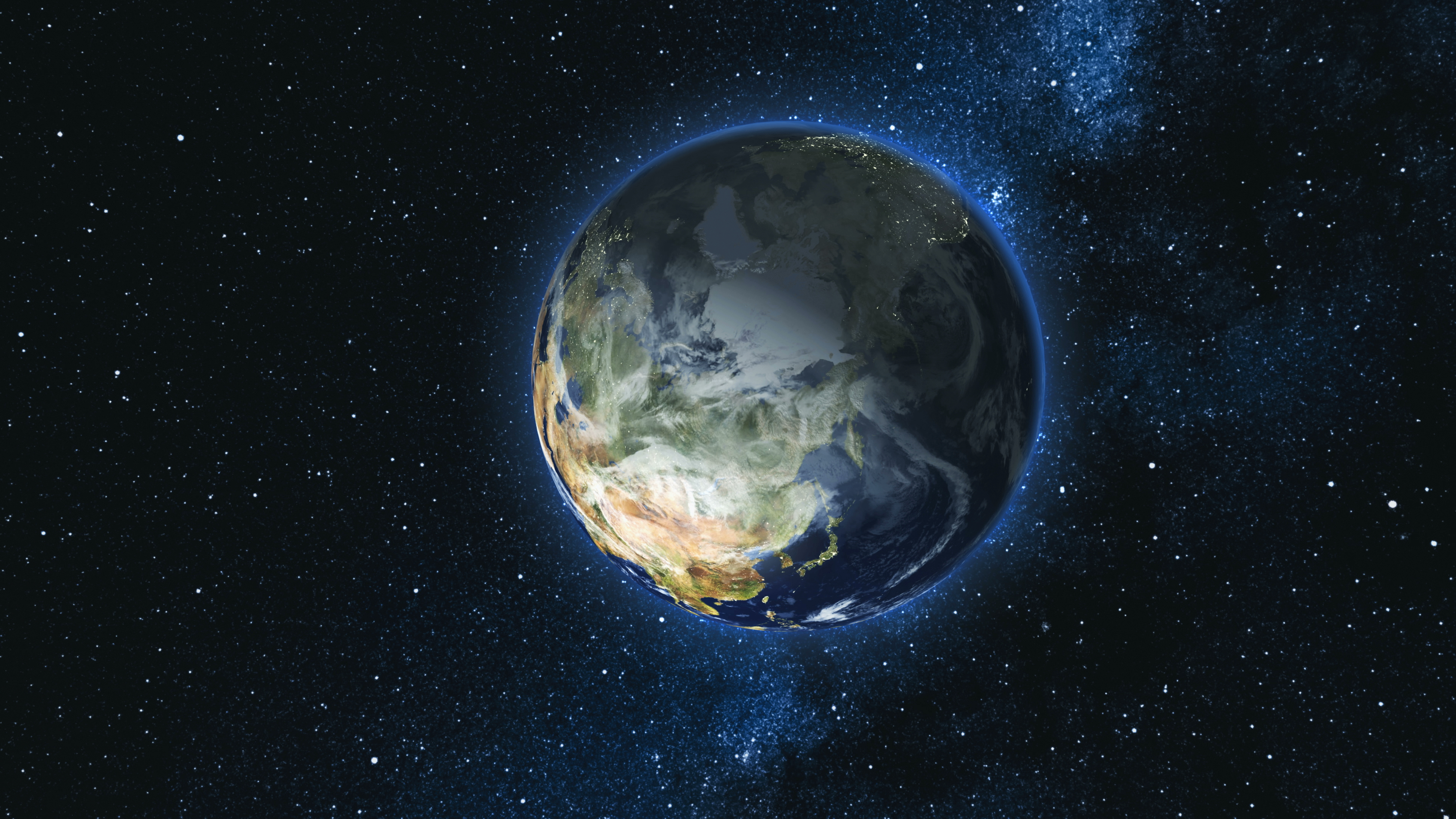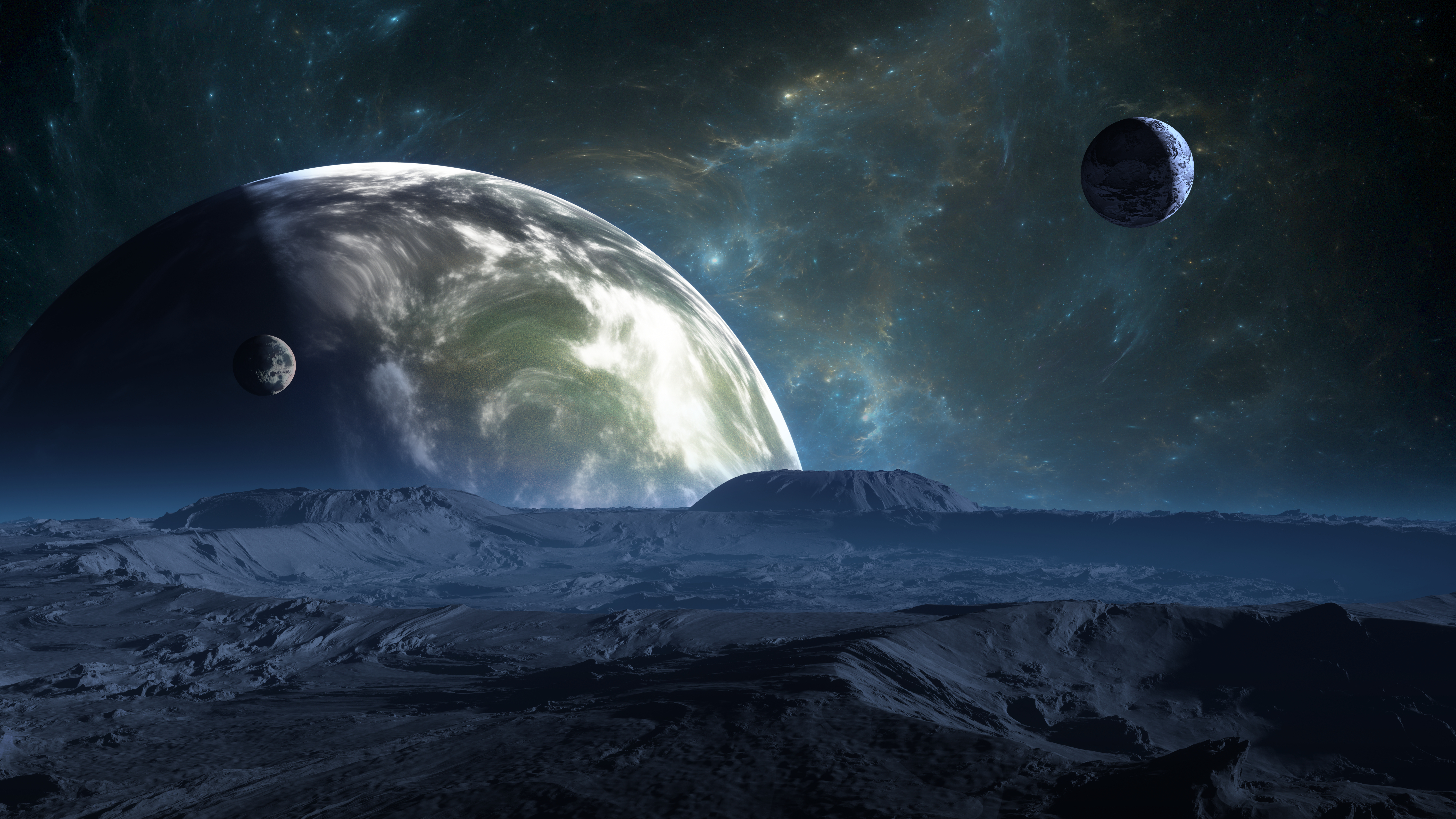

Human beings have a tendency to make ourselves the center of the universe.
That tendency can expand to include our home planet, even as we 100% know the Earth is not at the center of anything, in reality.
It turns out that we’re not necessarily totally unique, either – sorry, fam.
When it comes to seasons, other planets might not experience them exactly like we do, but some, at least, experience them all the same.
The regular seasons on Earth are a result of the planet’s rotational axis along the North and South poles. This is because it’s not quite aligned with the vertical axis perpendicular to Earth’s orbit around the sun.
The magnitude of the tilt pretty much determines whether or not a planet is habitable to life.


Seasons are the result of how much sunlight reaches a planet’s surface. A planet that was perfectly aligned, then, wouldn’t have seasons at all.
The small 23-degree misalignment – an obliquity – means the Northern Hemisphere receives more intense sunlight during summer, then as the planet orbits the sun, the amount of sunlight decreases in the Northern Hemisphere, causing winter.
Low obliquity causes stronger sunlight at the equator, as on earth. A planet with high obliquity would have stronger sunlight/more warmth at the poles.
When there are more disturbances to an obliquity seasons can be extremely unpredictable, usually leading to the entire planet being covered in ice. Further, most planets have sibling planets, and they can further disturb each other’s orbits and cause increased variations as well.
There are actually more than a few factors that could determine whether or not a planet has steady and expected seasons.
For instance, for Earth, the moon also comes into play.


Mars and Earth are tilted about the same amount and also have a similar spin precession frequency that matches the orbital oscillation. But, because of the moon, Earth doesn’t wobble as much on its axis as Mars does.
The moon pulls on Earth’s spin axis and makes it process faster. That, in turn, prevents the planet from experiencing spin orbit resonances – the moon essentially stabilizes Earth’s obliquity so it doesn’t wobble as much.
Some astrophysicists have been looking to better understand how habitable the thousands of exoplanets outside of our solar system might be – if they have stable obliquities or moons that help stabilize them if not.
They recently investigated Kepler-186f, which is the first Earth-sized planet discovered with a habitable zone (the area around a star where liquid water can exist on the surface of a planet).
Kepler-186f is far from the other planets in its solar system, which means the other planets have a weak effect on its movement. It generally has a fixed obliquity that is similar to ours, so even though it is lacking a large moon, it tends not to wobble a lot.


More research like this could help scientists figure out how seasons work and what they look like on other planets.
And maybe, in the process, if there is a planet or planets out there that might feel like home.
If you found that story interesting, learn more about why people often wake up around 3 AM and keep doing it for life.
Source: https://twistedsifter.com/2024/03/scientists-discover-that-other-planets-experience-seasons-too/
